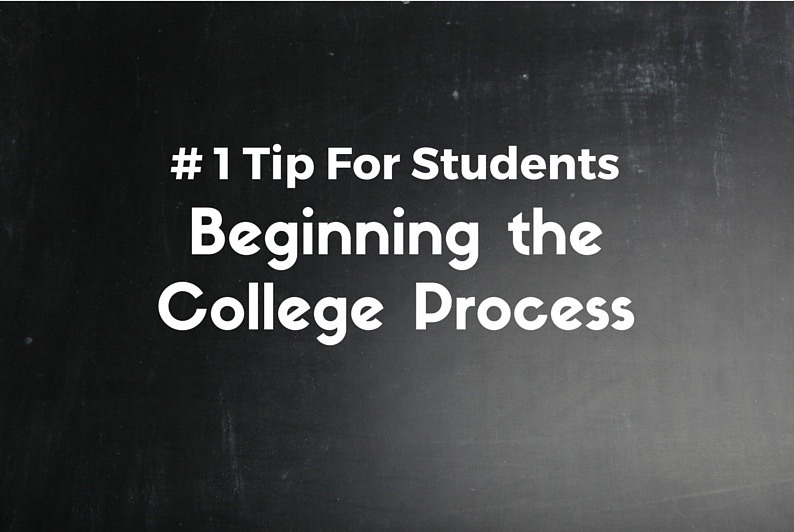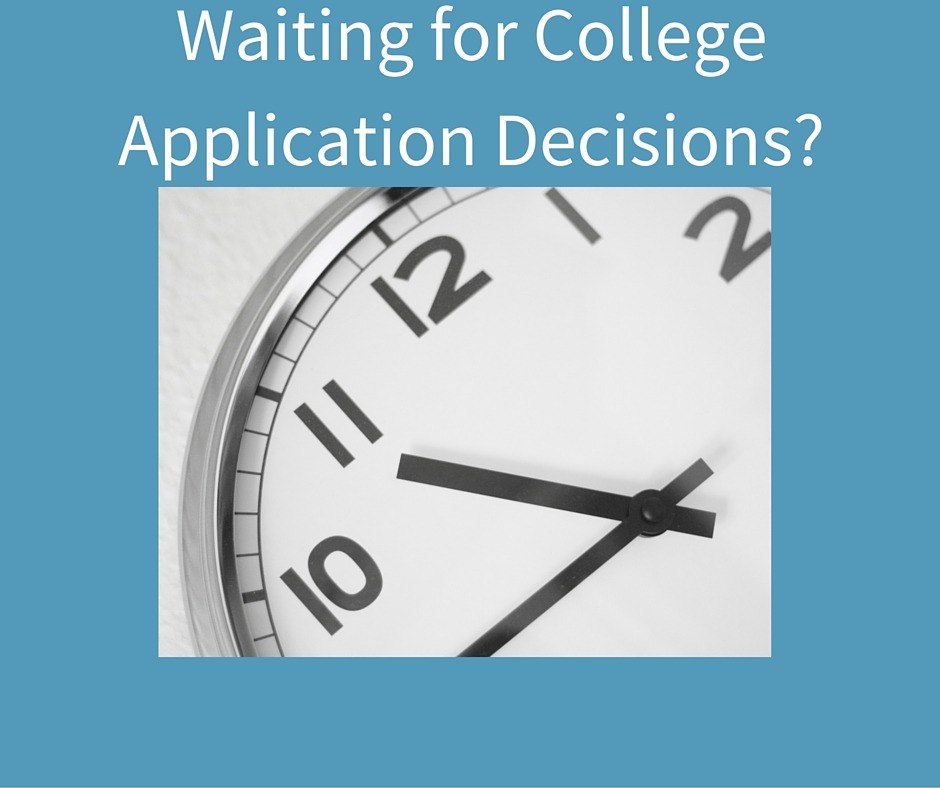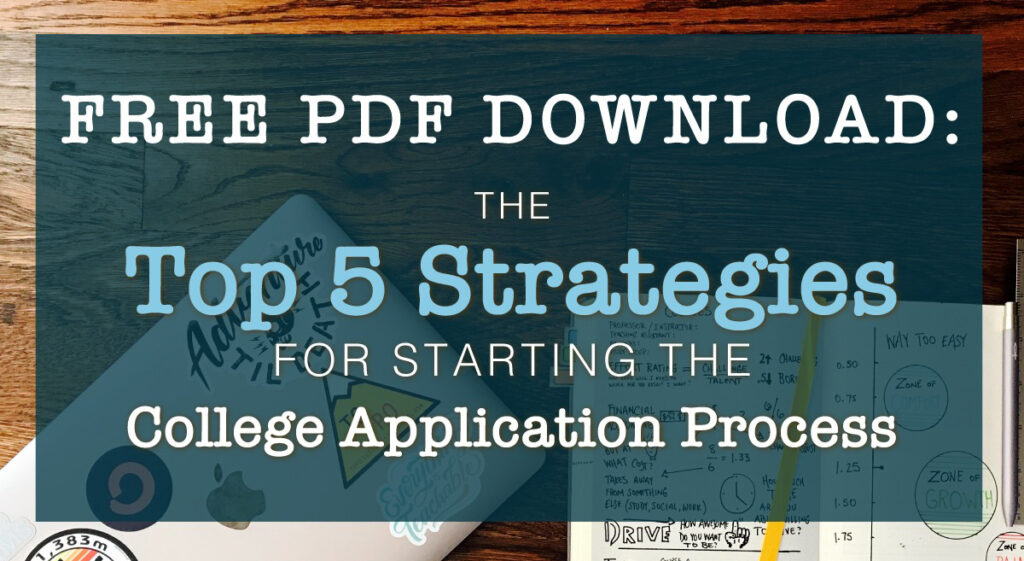Last week, I finally mailed my senior gifts. I could send the gifts straight from Amazon and cash in on the free shipping, but I am a bit old fashioned. I think there is something special about receiving a wrapped gift. Something personalized and significant. More important than the present, I send each student a hand-written note. When they text me to say, “Hey thanks for the gift,” they always say more about the card.
I want them to know how proud of them I am. I did not focus on the fact that the entire second semester of senior year was canceled. The Class of 2020 did not need reminders that they didn’t have prom or graduation. They didn’t need to know that their first semester (or year) of college is not going to be what they envisioned.
No. My students needed to hear who they are beyond all of the “challenges” and “uncertainty.” I told one how I was proud that she went beyond her comfort zone to explore career options (and it led to some fantastic connections). Or how one student repeatedly used her voice to fight for social justice (we need more people like her in the world).
I told them how they taught me about light pollution, the importance of creativity in video games, and how an old car can be rebuilt again and again (with lots of determination).
I admired how they overcame challenges, such as dyslexia, being the only girl on a football team, moving to a foreign country, dealing with heart arrhythmia, or conquering ski mountaineering at an international level.
They showed me the importance of caring for others by helping friends through tough times or standing up for people when society categorized them as “different.” One fought for a mentor who was being deported. Another showed compassion as she taught a student struggling with learning differences how to write sentences.
One showed me the significance of questioning something she always believed so she could learn and grow. Another had the brightest smile, and I always picture it when I am feeling doubtful. And one showed me the significance of “releasing control and trusting the outcome.”
The College Mindset Class of 2020 received 110 college acceptances after submitted 164 applications. Collectively, they received 45 scholarship offers totaling over $2.7 million.
They reside in 4 states, and one student worked with me from her home in the Netherlands.
The colleges and universities below are so lucky to have these students for the next four years.
Arizona State University
Colorado College
California Polytechnic State University, San Luis Obispo
Furman University
Miami University, Ohio
Northwestern University
Purdue University
University of California, Los Angeles
University of California, San Diego
University of Colorado, Boulder
University of Texas, Austin
University of Vermont
University of Wyoming
Worcester Polytechnic Institute
While they did not throw their graduation caps into the air in the traditional sense, they have proved that they are worth celebrating beyond the usual pomp and circumstance. I believe that nothing will hold these students back. They will be the future problem-solvers, negotiators, and peace-makers our world needs.
I am so honored to have played a small role in helping them plan their future. The lessons they taught me will stay with me always.




 As with
As with 





 Whether a student has dreamed of attending a certain college since the age of 5 or has not even thought about what they want from their college experience, I always give students who are beginning the college process the same piece of advice: Do “practice” college visits.
Whether a student has dreamed of attending a certain college since the age of 5 or has not even thought about what they want from their college experience, I always give students who are beginning the college process the same piece of advice: Do “practice” college visits.

